New Paper: Seasonal Variability of Surface Ocean Carbon Uptake and Chlorophyll‐a Concentration
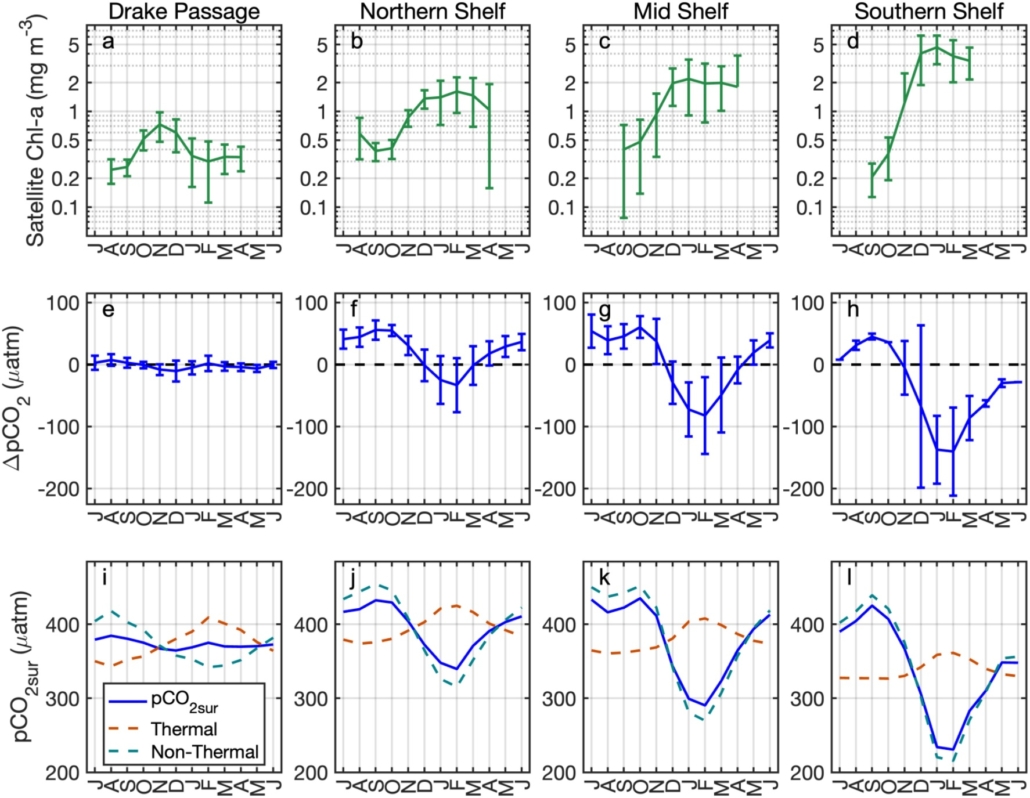
Congratulations to PAL collaborator Jessie Turner and her co-authors on their recent publication in Geophysical Research Letters! Their paper explores how biological processes drive carbon uptake in the West Antarctic Peninsula, and leverages 20 years of Palmer LTER data, to shed light on the role of phytoplankton in regulating seasonal CO₂ fluxes in this rapidly changing region.
They found that in the West Antarctica Peninsula, phytoplankton activity is the key driver of carbon uptake in summer, with seasonal fluctuations in CO₂ and chlorophyll-a becoming more intense further south. These findings provide a regional perspective that improves our understanding of how biological processes regulate global carbon cycles in polar oceans.
You can find the full paper here…
Turner, J. S., D. R. Munro, A. Fay, S. Stammerjohn, H. H. Kim, O. Schofield, and H. Dierssen. 2025. Seasonal variability of surface ocean carbon uptake and chlorophyll-a concentration in the West Antarctic Peninsula over two decades. Geophysical Research Letters, 52 (4). https://doi.org/10.1029/2024GL112446
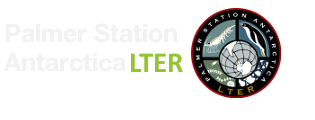
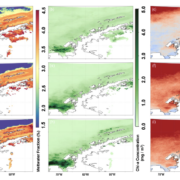
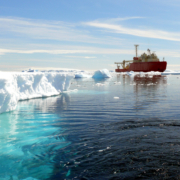

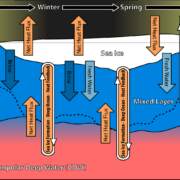
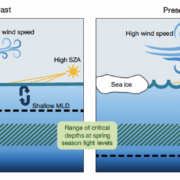

 This site was developed with the support of the National Science Foundation under Grant No. OPP-2224611 and OPP-2026045. Any opinions, findings, and conclusions or recommendations expressed in this material are those of the authors and do not necessarily reflect the views of the National Science Foundation.
This site was developed with the support of the National Science Foundation under Grant No. OPP-2224611 and OPP-2026045. Any opinions, findings, and conclusions or recommendations expressed in this material are those of the authors and do not necessarily reflect the views of the National Science Foundation.
